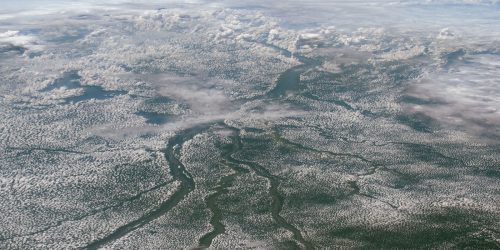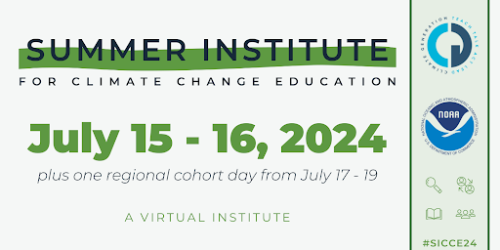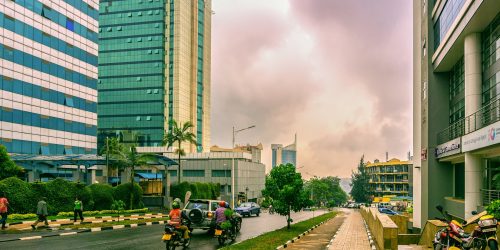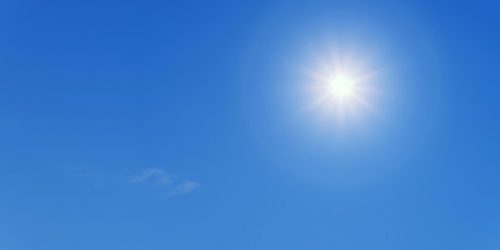NOAA’s Atmospheric Chemistry, Carbon Cycle, and Climate (AC4) Program is announcing nine new three-year projects in Fiscal Year 2020 (FY20) that aim to understand the chemical composition of the urban atmosphere across the United States. The competitively selected projects total $5.6 in grant awards.
Multiple linkages exist between air quality and climate change–none more so than in the urban atmosphere. Climate change, favoring more heat waves and episodes of stagnant air, may deteriorate air quality by increasing ozone and fine particulate matter (PM2.5) concentrations and high pollution episodes. A majority of U.S. cities have seen dramatic improvements in air quality due to emission reductions of air pollutants. In addition to improving air quality in the past few years, some cities have committed to climate change mitigation. In fact, a large number of U.S. cities have set city-wide targets for carbon dioxide reductions. While great progress has been made in limiting the anthropogenic emissions of ozone and aerosol precursors, millions of people in the United States are still exposed to harmful levels of air pollution, and significant air quality challenges remain. Consider, for example, pollution in intermountain valleys in the western United States and Fairbanks, Alaska.
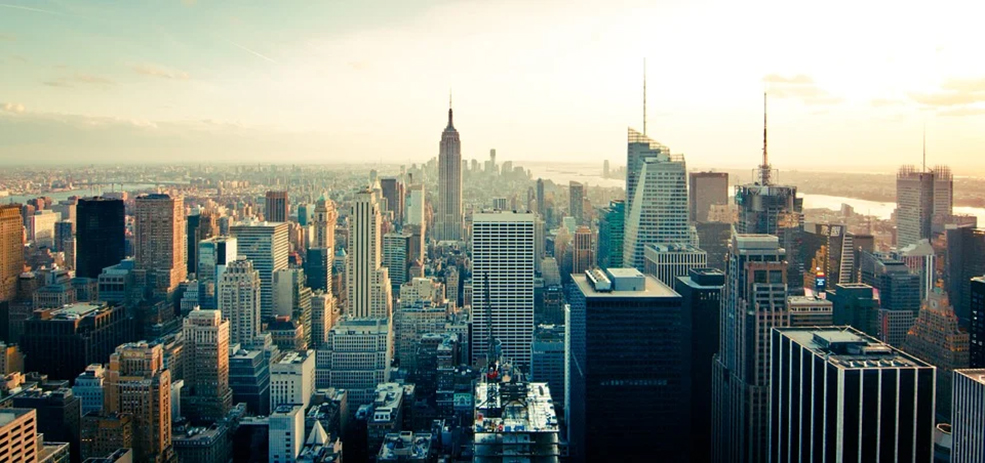
To further understand the urban atmosphere, its most recent changes, and to provide decision makers relevant measurements on which to base their decisions, AC4 has continued its focus on measuring and modeling across urban areas in the United States. The nine new projects focus on several cities across the United States: New York, Boston, Salt Lake City, San Francisco, Los Angeles, Missoula, and Fairbanks. Fairbanks is part of the upcoming Alaskan Layered Pollution and Chemical Analysis (ALPACA) field campaign. These projects will involve multiple ground based-measurements of several trace gases and aerosols, regional modeling, and inventory development–all either across seasons or in a focused field campaign.
The nine new projects funded by the AC4 Program in FY20 are:
- Integrated modeling of air quality, carbon, and climate at a city scale for co-benefit mitigation
This 3-year project tackles the most challenging issues in simulating the evolution of criteria air pollutants (CAPs) and greenhouse gases (GHGs) in urban atmosphere by addressing a critical need of integrated modeling for CAPs and GHGs using high-resolution/fidelity emissions to support policymaking at national, regional, and city scales.- PI: Yang Zhang, Northeastern University
- Co-PI: Daniel Tong, George Mason University
- Winter sulfate production mechanisms in Fairbanks, Alaska
This project is part of the Alaskan Layered Pollution and Chemical Analysis field campaign, which will address frequent air pollution episodes that are in violation of the EPA 24-hour standard in the city of Fairbanks, Alaska.- PI: Becky Alexander, University of Washington
- Comprehensive atmospheric chemistry of volatile organic compounds in high- and mid-latitude urban areas impacted by wood smoke
This project focuses on the urban atmospheric chemistry of volatile organic compounds (VOC) that are precursors of tropospheric ozone, carbon monoxide, and secondary organic aerosol. It is aimed at developing new observational constraints on VOC emissions in two U.S. cities: Fairbanks, Alaska and Missoula, Montana.- PI: Lu Hu, University of Montana
- Development of high-resolution fossil fuel carbon dioxide and fossil fuel carbon monoxide emissions product
The project will add fossil fuel carbon monoxide emissions to an existing state-of-the-art high-resolution fossil fuel carbon dioxide emissions data product system. This research has the potential to inform urban mitigation strategies that explore the co-benefits of greenhouse gas and air pollution emissions reductions.- PI: Kevin Gurney, Northern Arizona University
- A multispecies approach to investigate the changing cocktail of atmospheric urban carbon
The project will investigate emerging changes in urban carbon emissions resulting from mitigation strategies being implemented through state and local regulations.- PI: Allen Goldstein, University of California, Berkeley
- Wintertime halogen chemistry in polluted, inland, urban environments
This project combines laboratory and field measurements of nitrogen pentoxide (N2O5) uptake coefficients, nitryl chloride (ClNO2) yields, and individual particle chemical composition, using chemical ionization mass spectrometry and single-particle mass spectrometry. Laboratory aerosol flow tube experiments will provide fundamental knowledge of N2O5 uptake and ClNO2 yields for both standard and authentic particulate chloride sources, including road salts and playa dust from Utah.- PI: Cassandra Gaston, University of Miami
- Co-PI: Kerri Pratt, University of Michigan
- CO2 air quality urban synthesis and analysis (CO2-AQ USA) project: drivers of urban emissions from past, present, to future
This project focuses on developing this knowledge to elucidate the benefits of mitigating greenhouse gas (GHG) emissions along with air quality-relevant pollutants. The project addresses the following outstanding science questions. How have emissions in GHGs and pollutants changed over time in different U.S. cities? How do pollutant emissions from vehicles (principally CO2, CO, and NOx) depend on ambient temperature and humidity? How would emissions of GHG and pollutants change under climate change? How can co-benefits be realized by reducing emissions of both GHGs and pollutants?- PI: John Lin, University of Utah
- Co-PIs: Jeffrey Geddes & Lucy Hutyra, Boston University; Steven Wofsy, Harvard University
- Emissions and oxidative aging of non-traditional gas-phase organic compounds in the Greater New York City Metropolitan Area
This project will investigate the emission rates and oxidative aging of non-traditional sources of volatile organic compounds (VOCs), intermediate-volatility and semi-volatile organic compounds (I/SVOCs), and oxygenated VOCs (OVOCs), including volatile chemical products, in New York City. Given ongoing reductions in emissions from combustion-related sources, these non-traditional VOCs are having a larger impact on urban air quality as primary pollutants and as precursors to secondary organic aerosol (SOA) and ozone.- PI: Drew Gentner, Yale University
- Co-PI: Jason Krechmer, Aerodyne Research, Inc.
- Quantifying the impact of biogenic and anthropogenic fluxes on the atmospheric composition of the New York City Metro Area
The project will examine the link between the urban CO2 and ozone (O3) cycles, which, until fully understood as precursors to air pollution, will limit our confidence in projections of the impacts of a warming climate and increased urbanization on urban air quality and public health.- PI: Roisin Commane, Columbia University Lamont-Doherty Earth Observatory
- Co-PIs: John Mak, Stony Brook University; Andrew Reinmann, City University of New York


